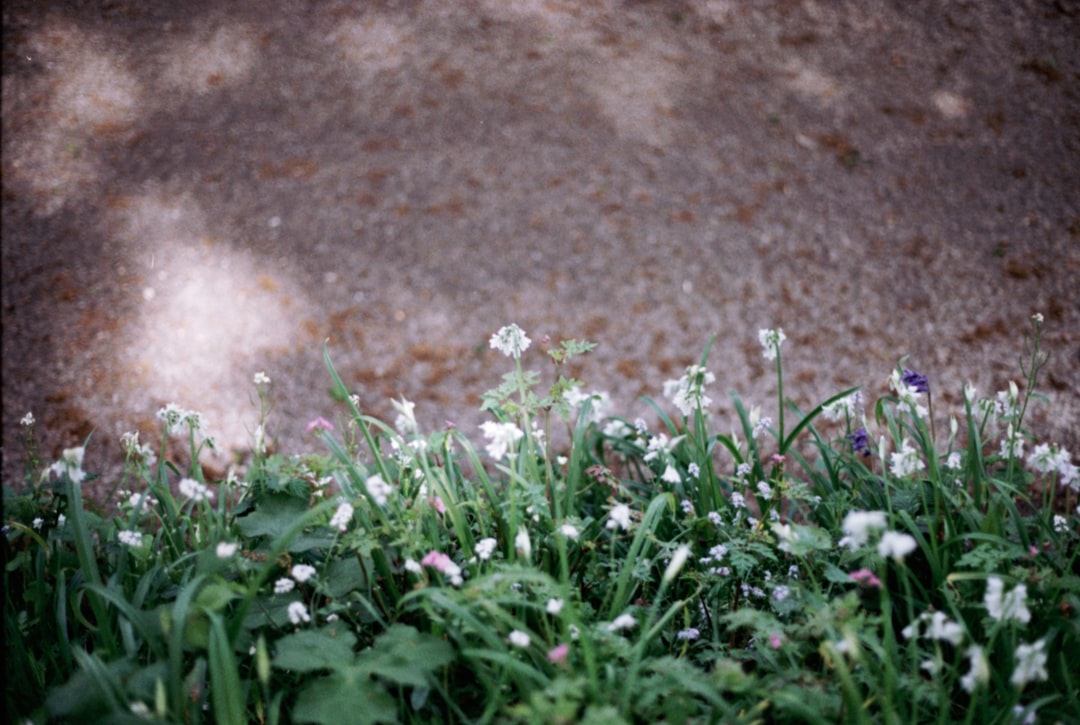Bringing Greenery to Sun - Scarce Homes

When it comes to creating a lush and inviting indoor environment, houseplants are the perfect solution. However, not all homes are blessed with an abundance of sunlight. If your living space lacks direct sunlight but you still yearn to add some greenery, don't worry. There are numerous low - light indoor plants that can thrive in such conditions.
One of the most popular low - light houseplants is the Snake Plant (Sansevieria trifasciata). Also known as the Mother - in - Law's Tongue, this plant is incredibly hardy. Its long, upright leaves are not only aesthetically pleasing but also highly efficient at purifying the air. Snake plants can tolerate a wide range of light conditions, from bright indirect light to very low light. They are also drought - tolerant, making them an ideal choice for busy individuals or those who may forget to water their plants regularly. In fact, over - watering is more of a threat to snake plants than under - watering. They store water in their thick leaves, allowing them to survive for extended periods without a drink.
Another excellent option for low - light areas is the ZZ Plant (Zamioculcas zamiifolia). The ZZ plant has glossy, dark green leaves that grow in a graceful, arching pattern. It is extremely resilient and can adapt to low light, as well as neglect. This plant can go for weeks without water, making it a great choice for those who travel frequently or have a less - than - consistent watering schedule. The ZZ plant also has air - purifying properties, removing toxins such as xylene, toluene, and benzene from the air.
The Peace Lily (Spathiphyllum) is a beautiful and elegant low - light plant. It features large, white flowers that resemble calla lilies and add a touch of sophistication to any room. Peace lilies are known for their ability to thrive in low - light conditions, although they may produce fewer flowers in very dim areas. They are also great at improving indoor air quality by filtering out harmful pollutants like ammonia, formaldehyde, and trichloroethylene. However, it's important to note that peace lilies are toxic to pets, so keep them out of reach of cats and dogs.
The Pothos (Epipremnum aureum) is a versatile and easy - to - care - for low - light plant. It has heart - shaped leaves that come in various shades of green, sometimes with yellow or white variegation. Pothos can be grown in hanging baskets, where their long vines can cascade down, or trained to climb up a trellis. They can tolerate low light, but their growth may be slower compared to when they are in brighter conditions. Pothos is also an effective air - purifier, removing common indoor pollutants such as formaldehyde, benzene, and carbon monoxide.
The Cast - Iron Plant (Aspidistra elatior) lives up to its name. It is one of the toughest low - light plants available. This plant has long, leathery leaves that can withstand neglect, low light, and a wide range of temperatures. Cast - iron plants are slow - growing, but they are very reliable and can add a touch of greenery to even the darkest corners of your home. They are also resistant to pests and diseases, making them a low - maintenance option for indoor gardening.
The Chinese Evergreen (Aglaonema) is a colorful and attractive low - light plant. It comes in a variety of leaf colors and patterns, including green, silver, and red. Chinese evergreens can tolerate low light, but they may lose some of their vibrant coloration in very dim conditions. They are relatively easy to care for and can adapt to different humidity levels. These plants are also known for their air - purifying abilities, helping to clean the air in your home.
When choosing low - light houseplants, it's important to consider the specific conditions in your home. Even though these plants can tolerate low light, they still need some light to survive. Place them near a north - facing window or a few feet away from an east - or west - facing window. Also, make sure to water them appropriately. While most low - light plants are drought - tolerant, they still need to be watered when the top inch or so of the soil feels dry.
In addition to the aesthetic benefits, having low - light houseplants in your home can also have a positive impact on your mental health. Studies have shown that being around plants can reduce stress, improve mood, and increase productivity. So, even if your home doesn't get much sun, you can still create a green and healthy indoor environment with the right selection of low - light houseplants.
To sum up, there are many wonderful low - light indoor plants that can transform your sun - scarce home into a green oasis. Whether you're a beginner gardener or an experienced plant enthusiast, these plants offer a great way to bring nature indoors and enjoy the benefits of gardening without the need for a lot of sunlight.